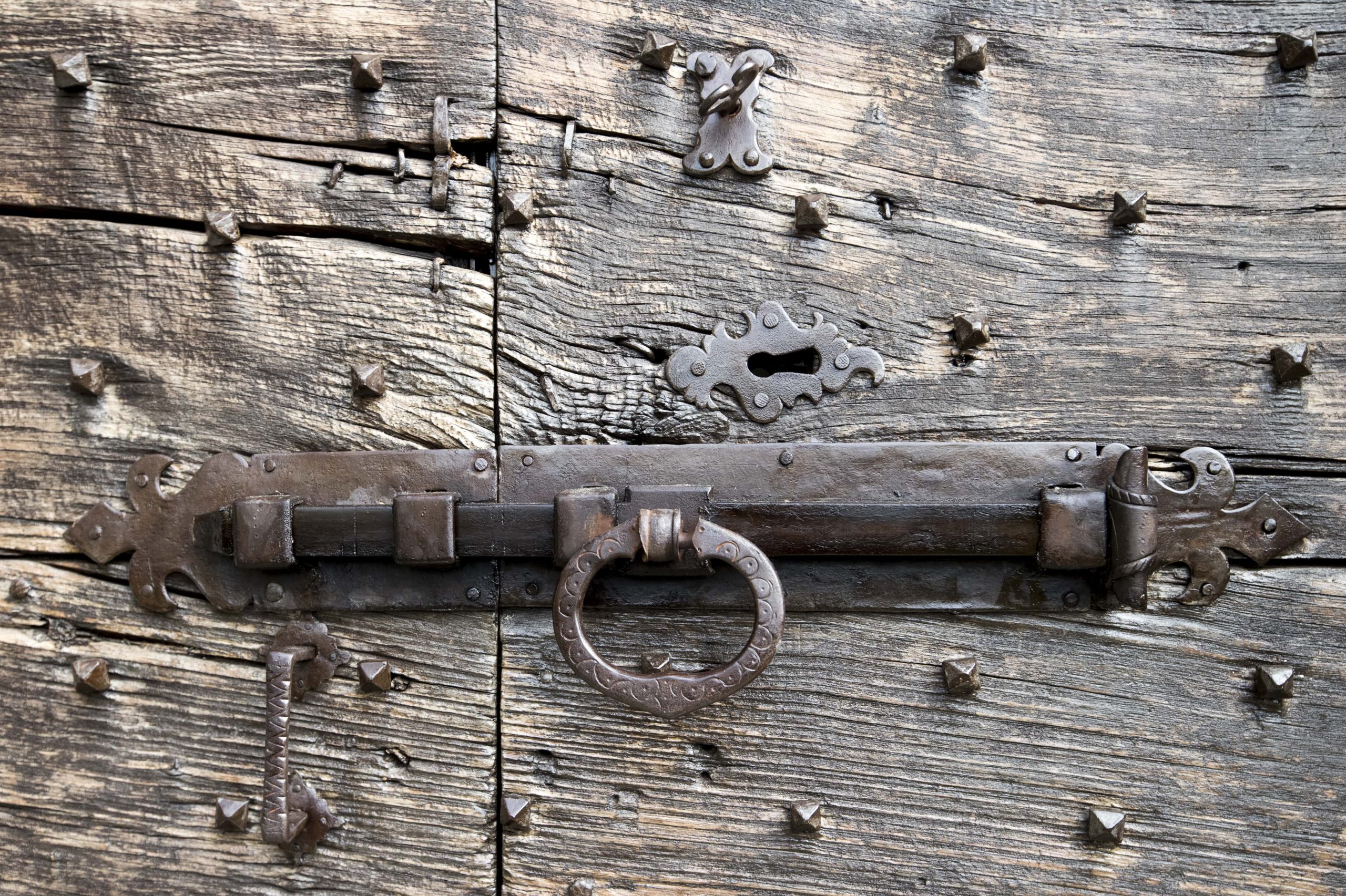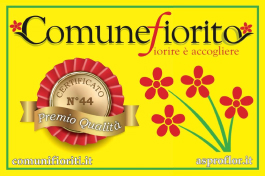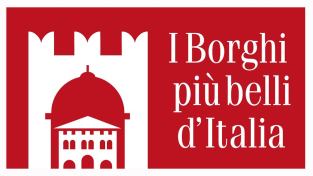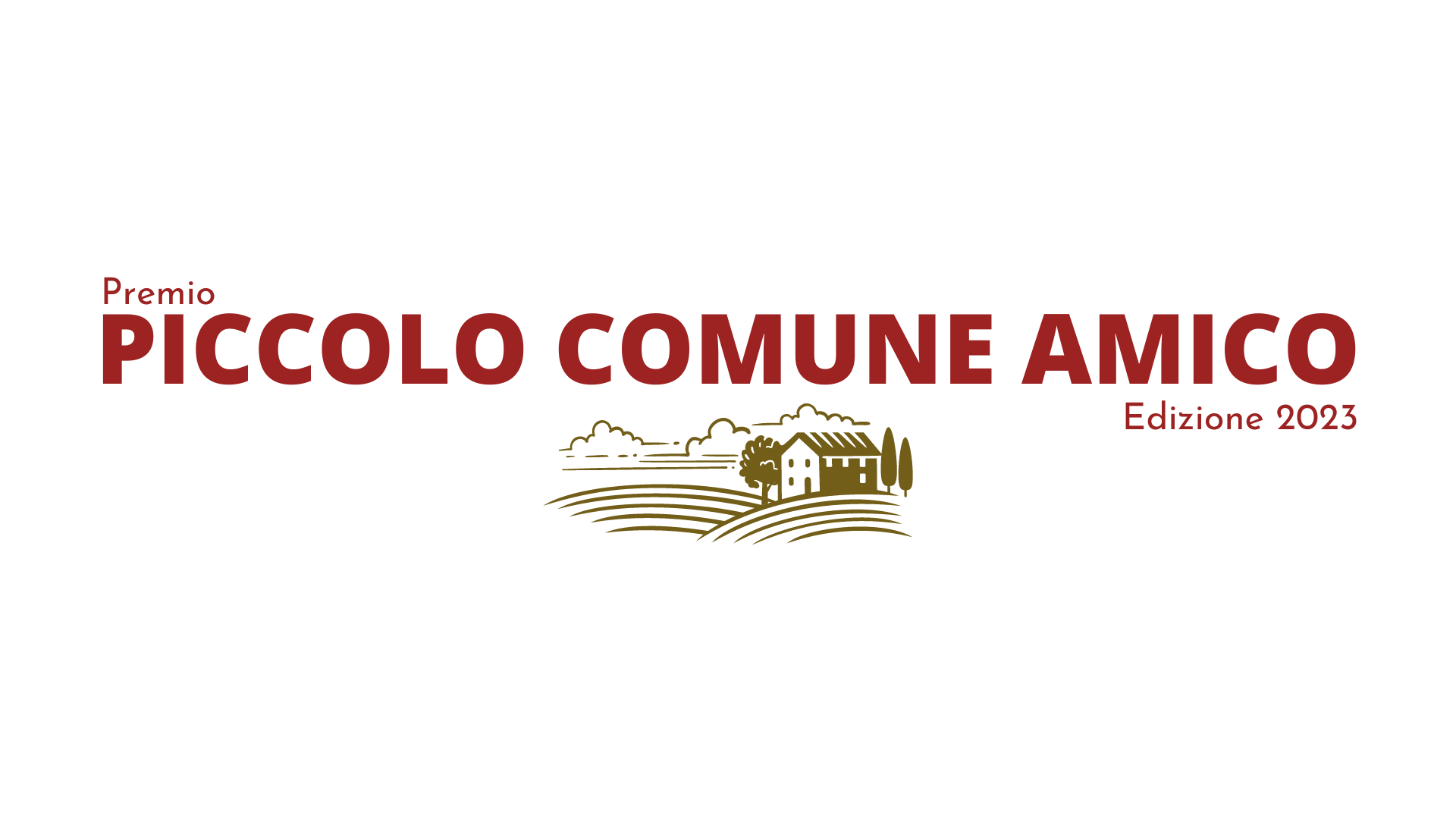Leaving the village walking west way, you can meet with the SP66 route that will take you to Mosnico: here you can admire the trilithic window of S. Rocco church. Continuing up to the village, you will find the wash house that connect with the SP66 route, that you will cross again. The mule-track among the chestnut grove will lead you to Mornico: here there are several medieval gates findings. Dated back to 1600 there is the fresco of the Virgin with Saints on a large building. When you get to S. Bernardo you can proceed towards Sanico and, before entering the village, you may admire the marvellous monumental chestnut (already existing in the 13th century) under S. Giacomo. The gates of Sanico date back to 1700 and were built thanks to the remittances of blacksmiths emigrated to Venice.
Once you complete your visit of the village, you can reach Vercone square and then go towards S. Grato at the junction: here you’ll find a small church, famous for its statue in local Romanesque style dating back to the 13th century. You walk then downhill to Vendrogno, following the IT.08 route, where you can immediately notice how the buildings are set next to each other to constitute a fortress: its core was once known as Bruga. There are several round gates in different stone materials; especially the two frescoes at the beginning of the mule-track to Noceno are interestingly dated back to 1300.













